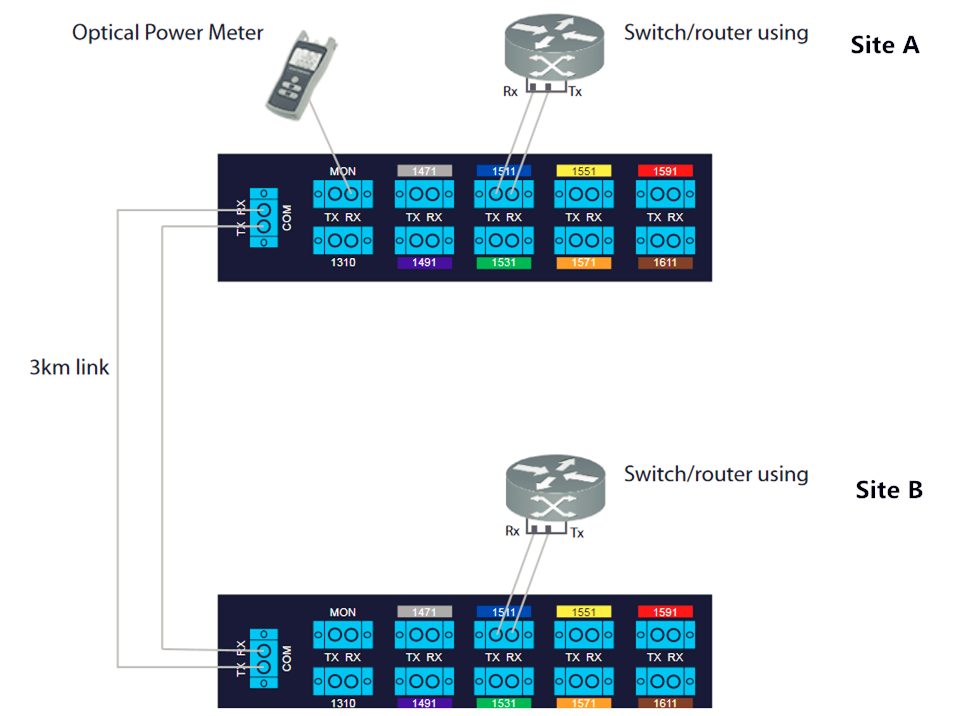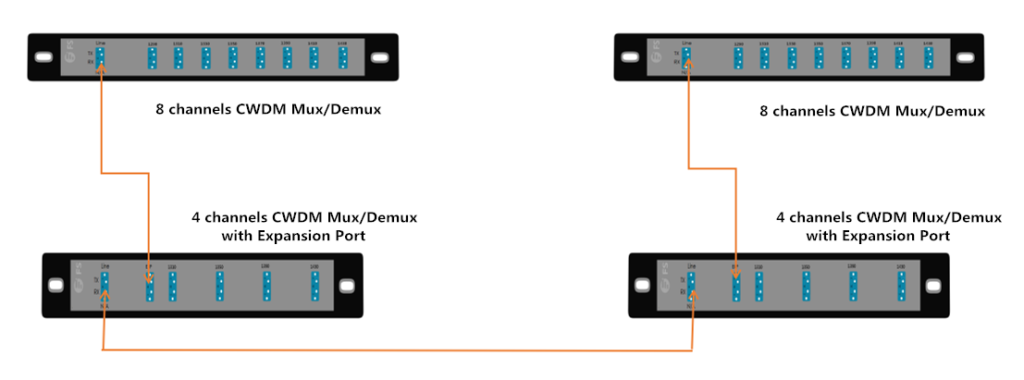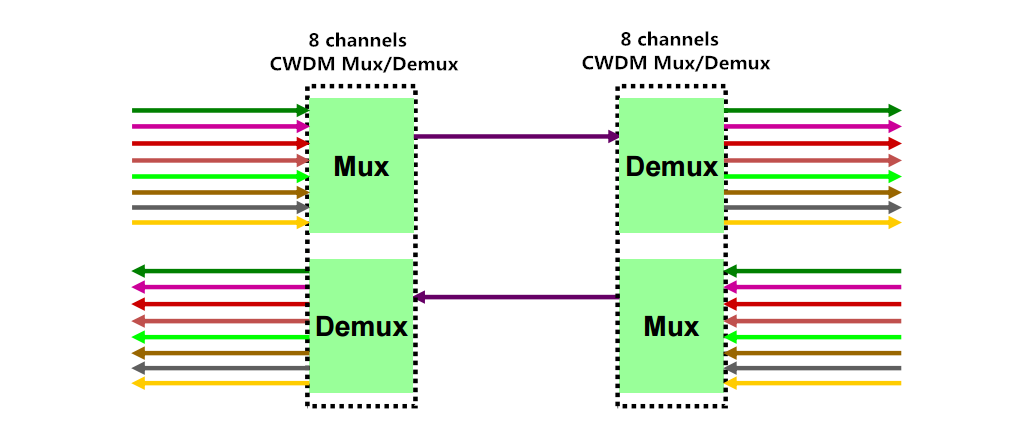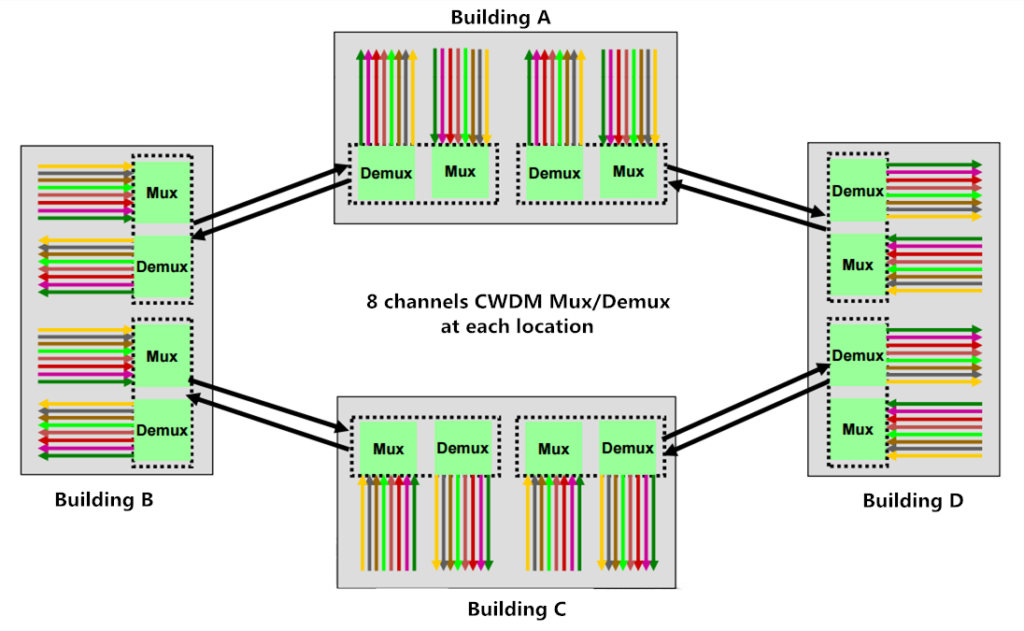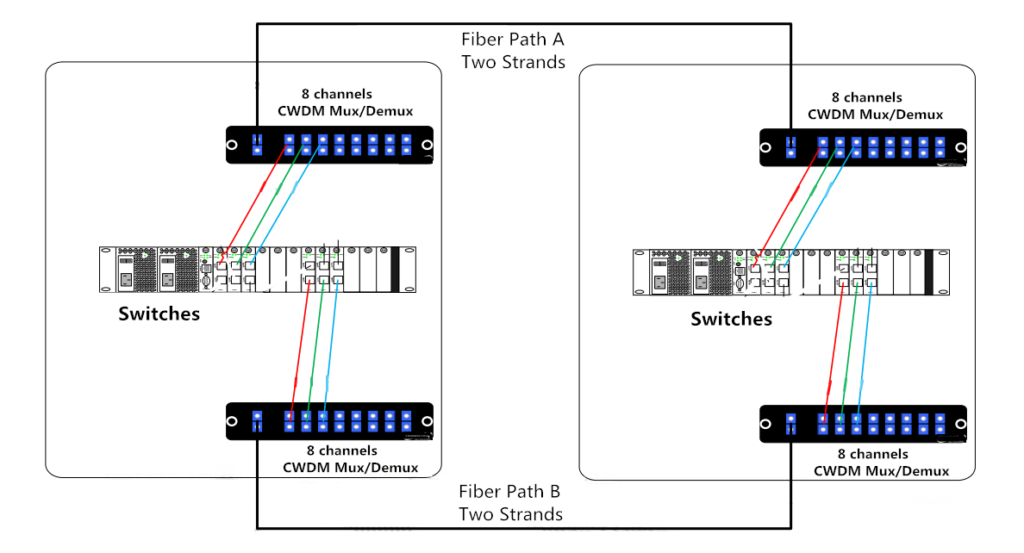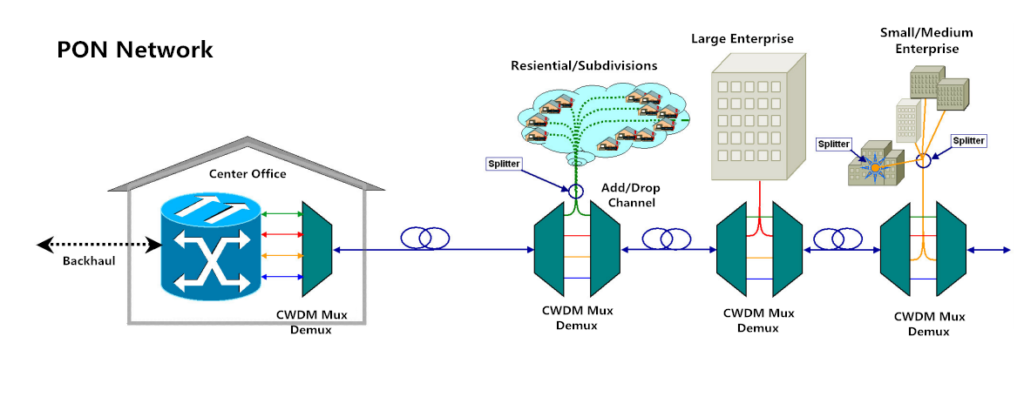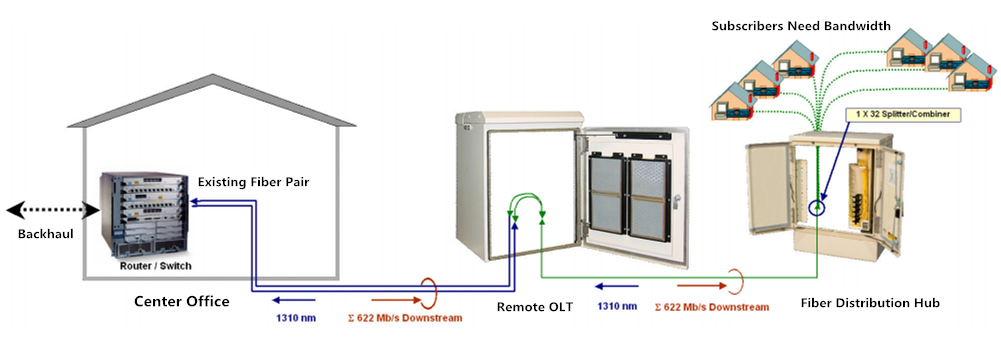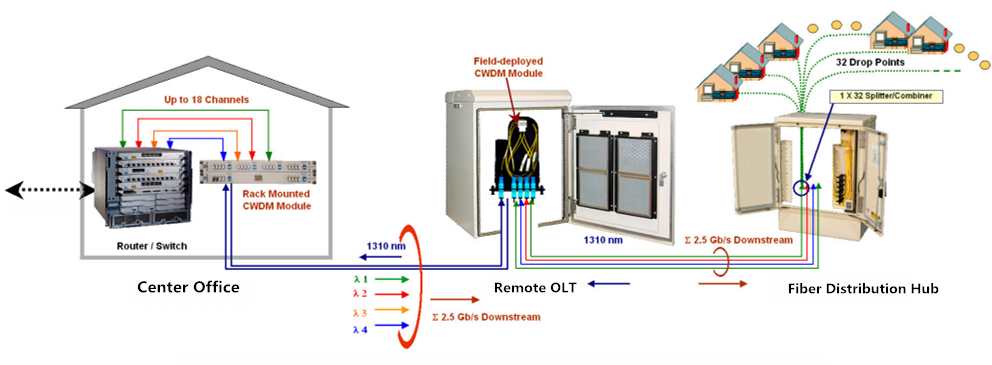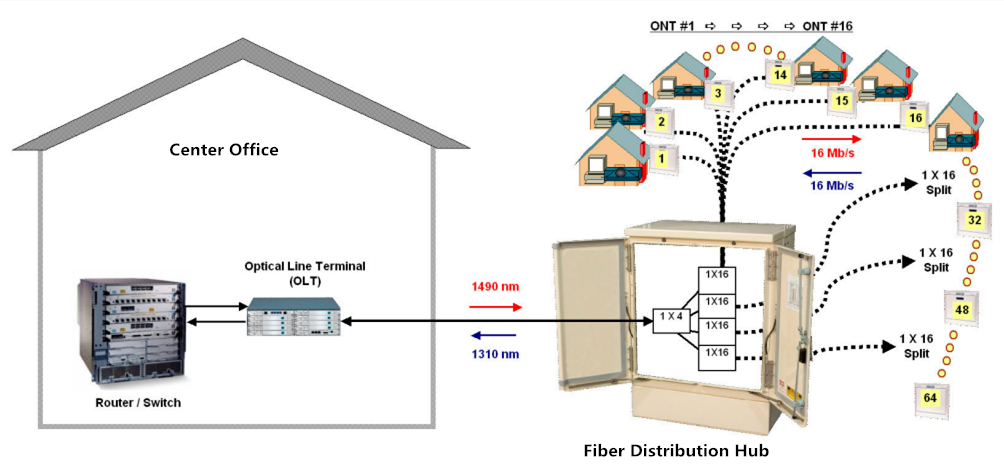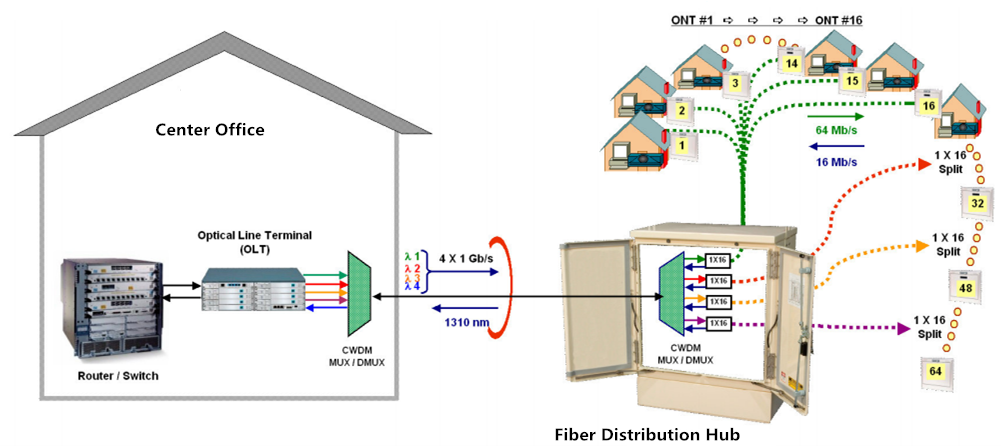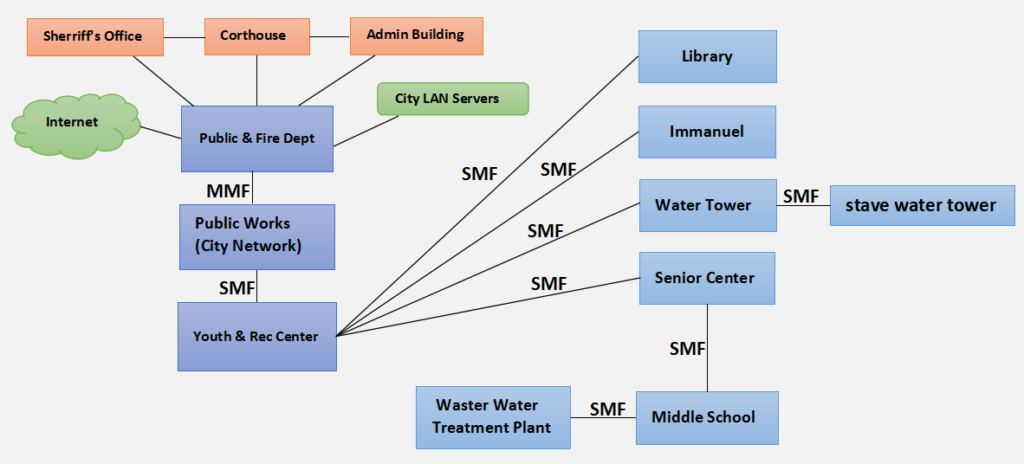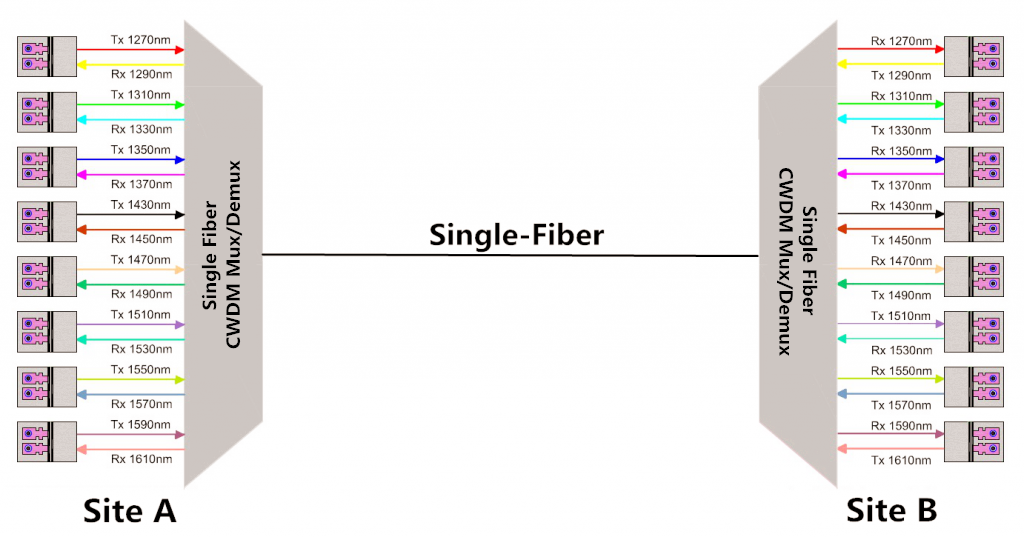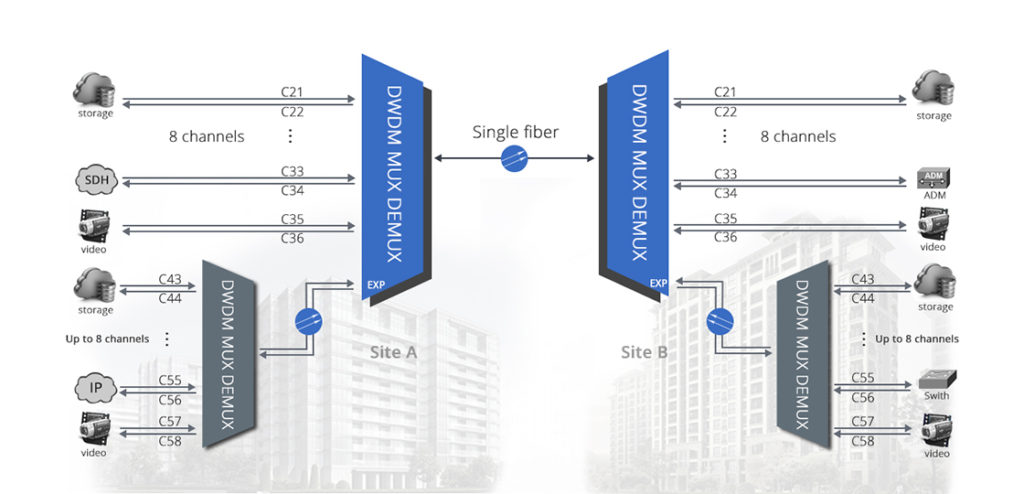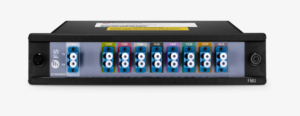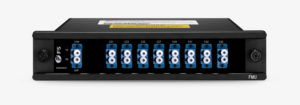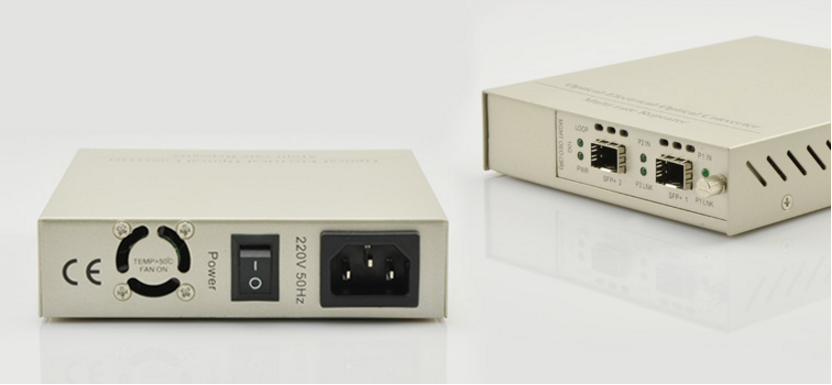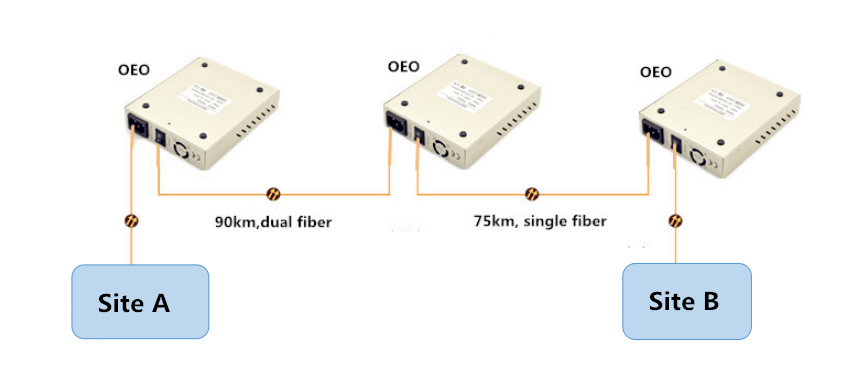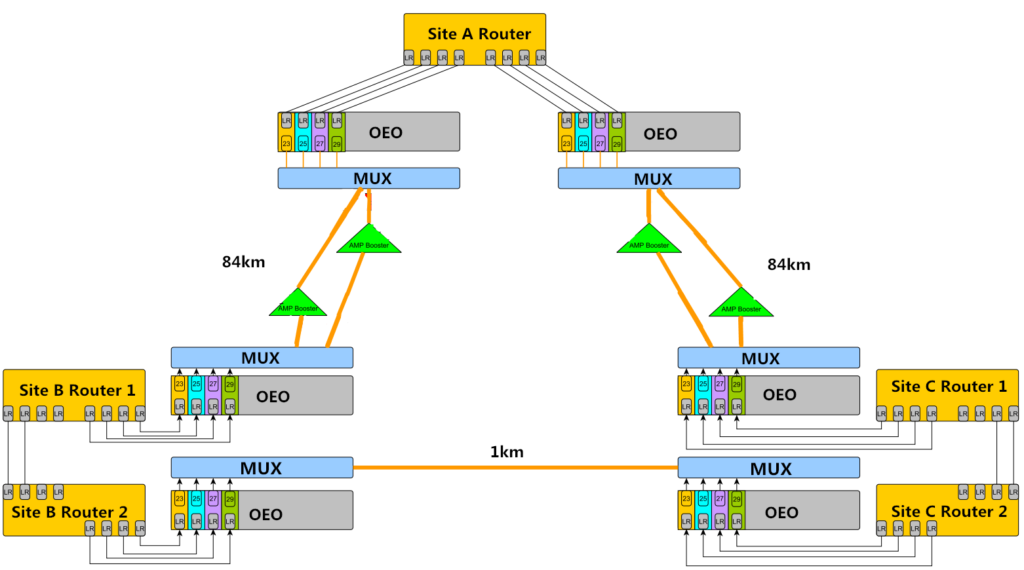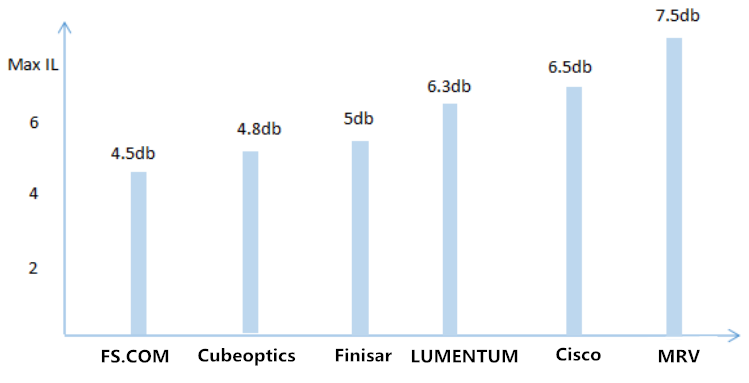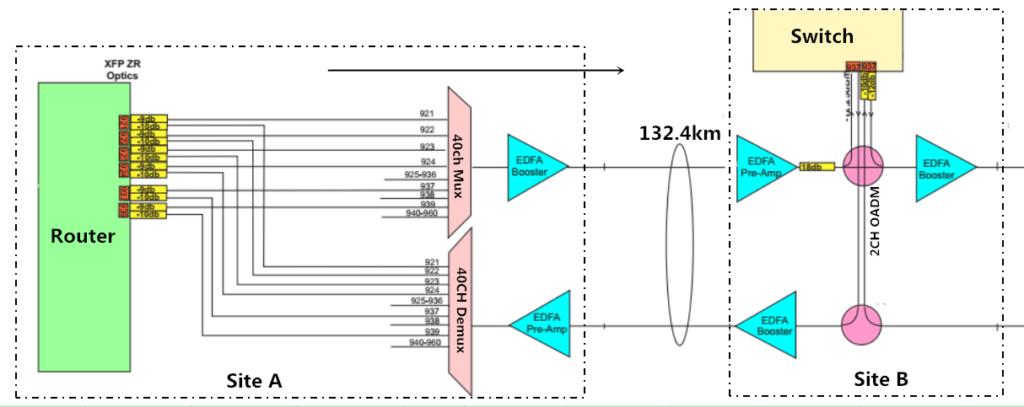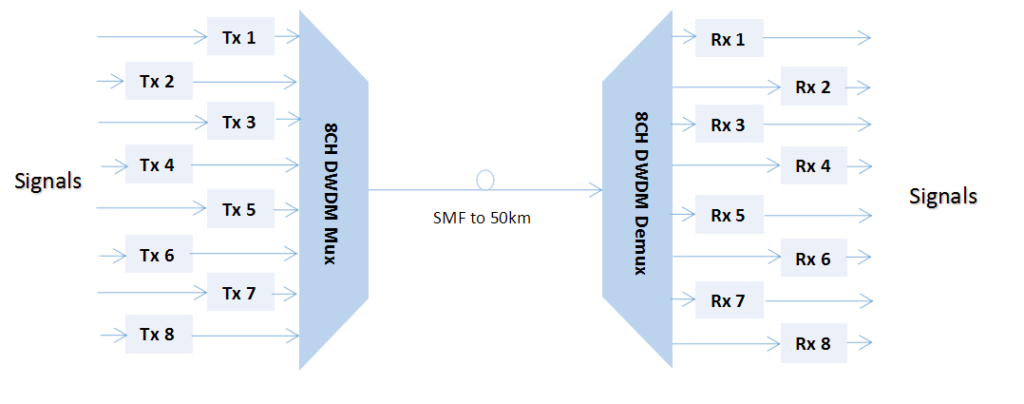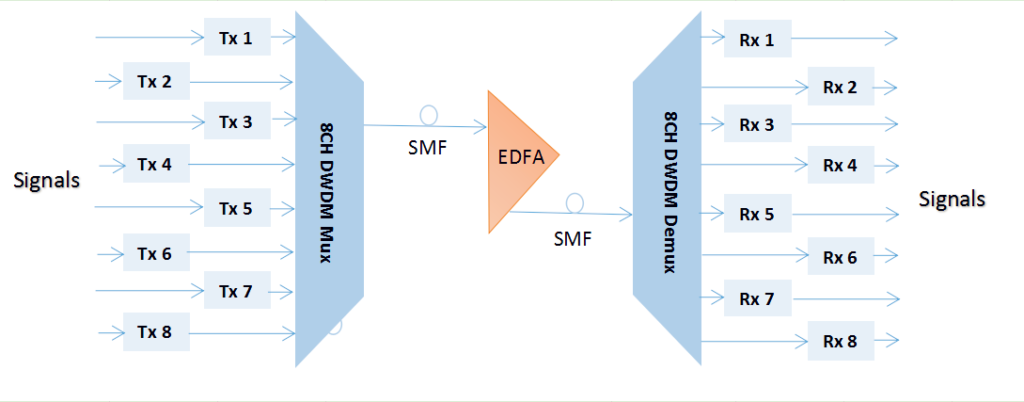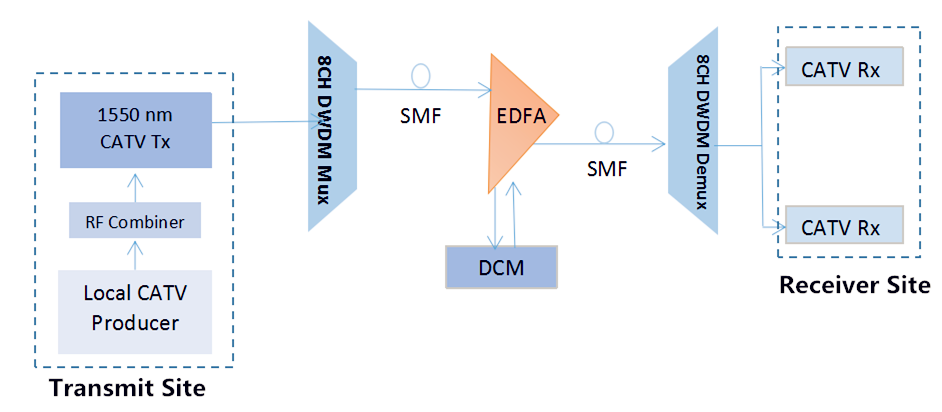CATV technology has matured steadily over the past several years, and has expanded into diverse applications. However, as the quick expansion in technology and services, it’s important to improve CATV network component performance for higher visual and audio signals transmission. Optical amplifier for CATV application is the key element in such transmission. This post intends to give a clear introduction of optical CATV amplifier and its application in CATV transmission.
CATV amplifier is also a type of EDFA (Erbium Doped Fiber Amplifier) amplifier which is the most popular optical amplifier in optical network communications. It is mainly used to amplify damped TV signals (compensation for loss) for improved signal quality before sending them to each subscriber. Moreover, CATV amplifiers not only amplify the signal, but also amplify the noise on the line, and bring some return loss. That’s why a quality CATV amplifier price is a little high, because it can provide better performance for the whole network transmission.
As we all know, CATV network is a multi-channel TV system to transmit high quality video and sound signal from a large number of digital or analog broadcast television and radio channel via fiber optic cable or coaxial cable. CATV amplifier often acts as booster optical amplifier in this system to get satisfying transmission effect. The following picture illustrates a basic long haul CATV transmission system using EDFA amplifier.
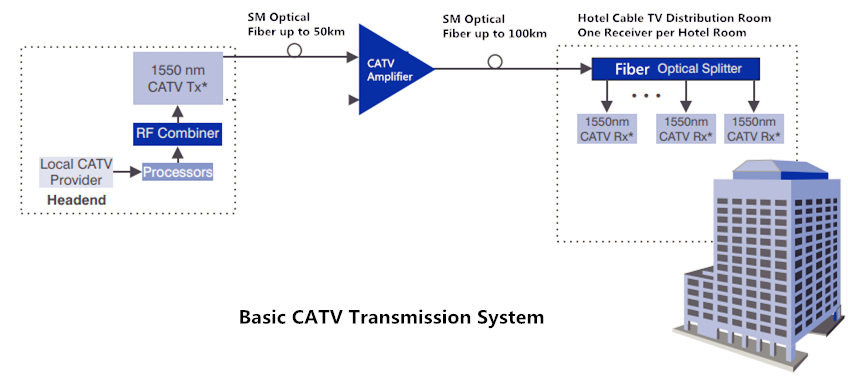
In most cases, the satellite providers deliver high quality digital video and audio to users’ home depending on the users’ equipment. However, the signal incoming cable feed is connected to more than one equipment with use of optical splitters. And if the incoming signal gets fragmented and rerouted, the overall speed and quality will be worse. Under this condition, an optical amplifier can be used to boost the signal power and help users get better services.
As have mentioned above, a basic long-haul CATV communication link consists of head end, transmitter, receiver, optical amplifier, and sometimes fiber splitter is also needed in this type of transmission network. The head end receives TV signals off the air or from satellite feeds, and supplies them to the transmission system. The optical splitters are often utilized in a poin-to-multipoint configuration. Here are two CATV fiber network cases using CATV booster amplifier.
This is a point-to-multipoint medium size private CATV network. In the head end, the transmitter receives signals from the RF combiner on the 1310nm or 1550nm wavelength. Then the signals split into several parts and are received by the CATV receiver. Finally, all the signals are amplified by the CATV amplifier and sent to the subscriber.

In the above application case, the optical amplifier lies behind the CATV receiver, but in this case, it’s a little different.
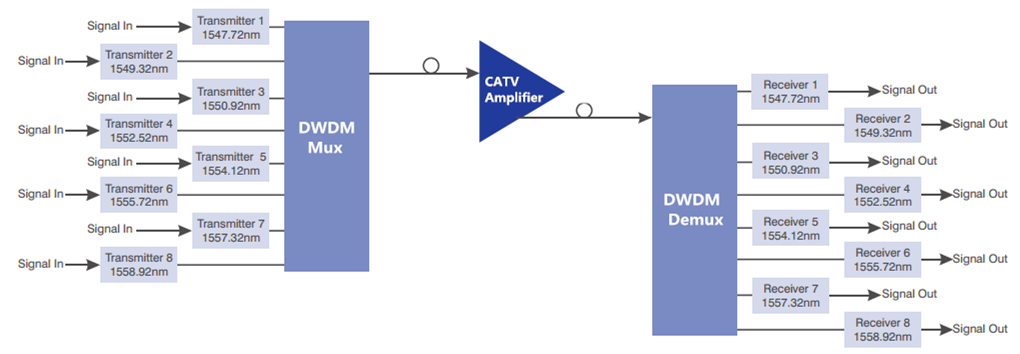
As we can see from the graph, the CATV amplifier lies in the front of the receiver to boost the transmission distance longer. Except for that, this transmission network also deploys two DWDM Mux/Demux to multiply the eight different wavelengths into one fiber for better transmitting. Please note that this graph just illustrates part of the long-haul CATV system.
CATV amplifiers are used to boost the quality of optical signals and improve the speed and reliability of the services that users get. FS.COM offers various CATV amplifiers with different values and CATV optical transmitter. All of them are high quality. If you are interested, please contact us via sales@fs.com.



